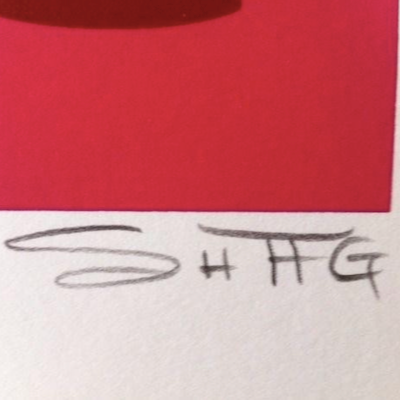
What is a Print Proof?
Print Proof is the term used to describe any impressions made on a printing plate or block to check the image quality. This is done before the work on the final image is completed. Each proof is a form of quality check.
- Show All
- Established
- Discoveries

Art movement founded by Takashi Murakami and is greatly influenced by anime and manga. The term is used to refer to the flattened forms in the Japanese animation, graphic art, fine arts and pop culture as well as the shallow nature of Japanese culture. It is an art movement that is self proclaimed and regarded as post modern.

It refers to art wholly or partly created through a special autonomous system. In this context, the autonomous system can be an independent or a non human one, capable of determining its features that would otherwise be determined by the artist. The generative system can take the creator's role or his artistic creator. Generative art is often used to refer to the algorithmically computer generated work.





